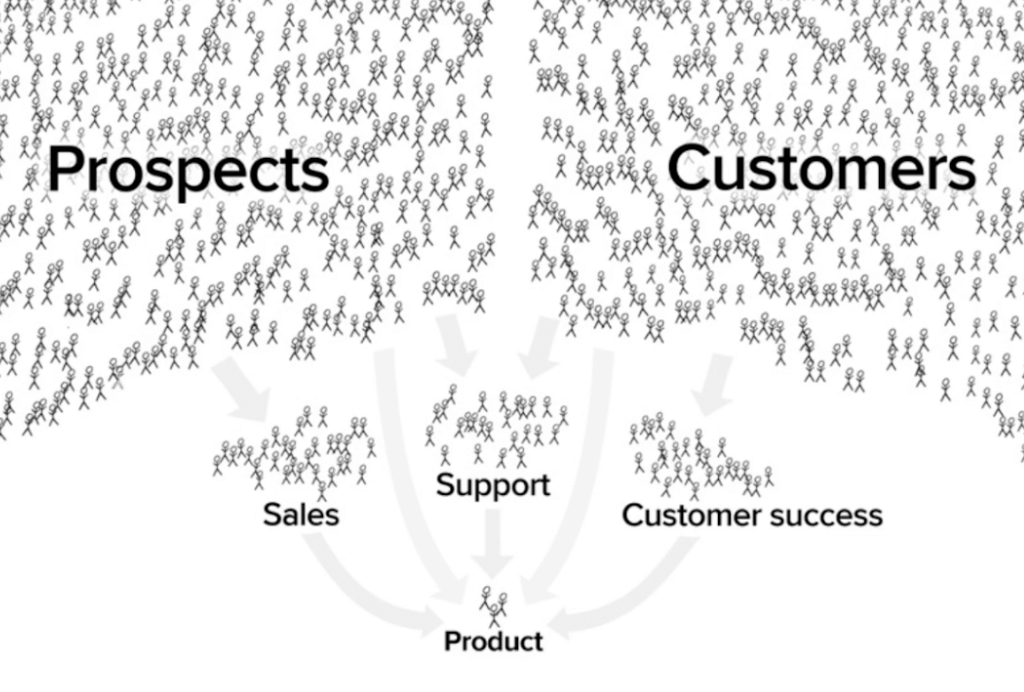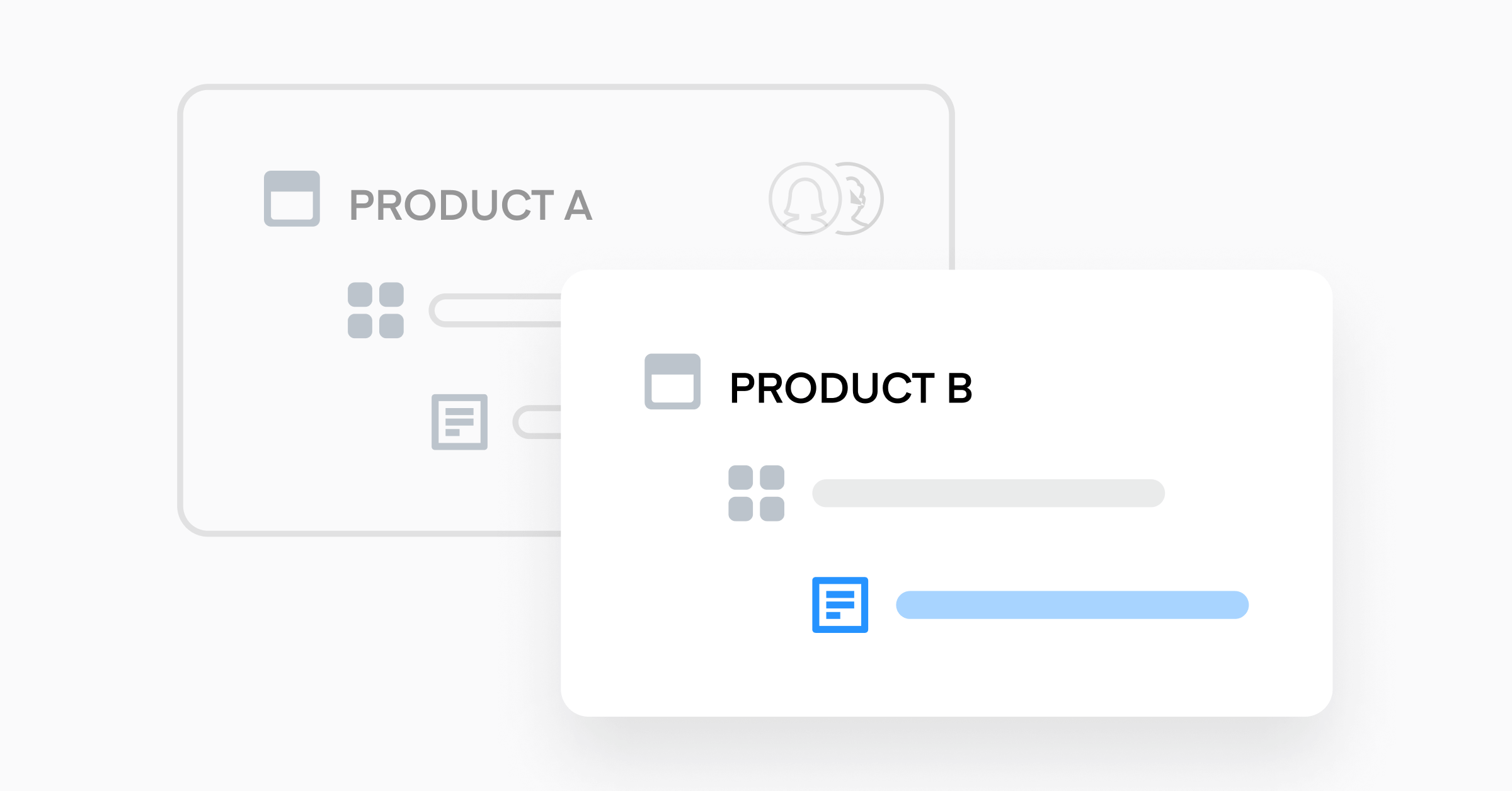4 best practices to understand what users really need from your product

Looking for some fundamental education on what it takes to be an excellent product manager? Look no further! We’ve broken it down into the basics, or the ABCs of product management.
In this first blog, we’re starting with the letter A, which stands for “arriving at a deep understanding of user needs.” We’ll cover how to gather and leverage deep user insights and how to build a shared understanding of users across your entire product team.
In a perfect world, the entire organization has a grasp of user problems and what they need from your product.
In reality, this shared understanding is really hard to achieve.
For every product manager, there are often thousands of customers providing feedback, requests, and other insights about the product. Not to mention the tens or even hundreds of colleagues.

Without coherent processes in place, it’s hard to make sense of this onslaught of information. And good luck actually leveraging this information to build better products!
To begin your journey towards deep user insights, try the following best practices.
Best Practice #1. Complete an audit of your existing product inputs
Product feedback is funneled in from many different touchpoints:
Some of these include:
- Existing user research
- Feature requests
- Conversations between the sales team and prospects
- Customer support tickets and email exchanges
- Win/loss analyses in Salesforce
- Qualitative inputs from NPS results
- Exit surveys conducted by the success team when important customers churn
Once you get your insights landscape in order, it’s time to set up ongoing processes and make sure you capture all of these nuggets moving forward. Taking note of everywhere you receive feedback ensures that nothing important slips through the cracks and gets you one step closer to a holistic overview of your insights landscape!
Best Practice #2. Regularly interface with customer-facing teams
Teammates on sales, success, and support are a treasure trove of insights from the frontlines. Make time to talk to them. Set up regular, monthly syncs with customer-facing teams. Run interviews to share, rank, and elaborate on user needs. Give examples of what valuable feedback looks like so they can model their own after it. Create clear processes for folks across the organization who are interested in submitting feedback. And sometimes, just listen.
You might find it useful to carve out some dedicated time for listening by going on a “listening tour.” You can interview folks on your customer-facing and delivery teams, ask broad questions about where they think the product is, how well it solves your customers’ needs, and where they see the biggest gaps.
Best Practice #3. Make it a habit to talk directly to customers and prospects
It can be nerve wracking to reach out to customers and prospects for one-on-one conversations. A simple way to get started is to schedule a phone call with customers or prospects once a week. Keep track of how their responses evolve over time. Remember, you are seeking to understand core problems, how those problems are being solved today, and what an ideal end state looks like.
To get the most value out of your conversations, you have to ask the right questions, the right way.
Here are some examples that we like to use at Productboard:
- What are your three biggest challenges?
- This question allows you to focus on the most pressing issues that your customers or prospects are currently facing.
- How do you currently solve these challenges?
- By not asking about specific products, you’re more likely to uncover unique workarounds.
- What do you love or hate about these solutions?
- Try using passionate language to get a passionate response.
- Can you provide an example?
- When statements are high-level, look to ground your interviewee in specifics.
- How do you measure success?
- It’s important to find out what motivates our customers, prospects, and market.
- Why?
- Always dig deeper into every answer for greater understanding.
Best Practice #4. Set up a system to consolidate product inputs from all the sources we’ve mentioned
In typical organizations, teams use many tools to manage their interactions with prospects and customers. Unless you have access to these platforms and regularly check on them, many insights end up slipping through the cracks.
That’s why it’s essential to have a system like Productboard that syncs with your existing tech stack and automatically captures all inputs.
This central searchable repository allows product teams to have continuous access to fresh insights. These insights can be linked to related feature ideas so they are always on hand to inform every prioritization decision.
Want to keep on learning? Explore more resources in our Product Management Upskill Lab.





